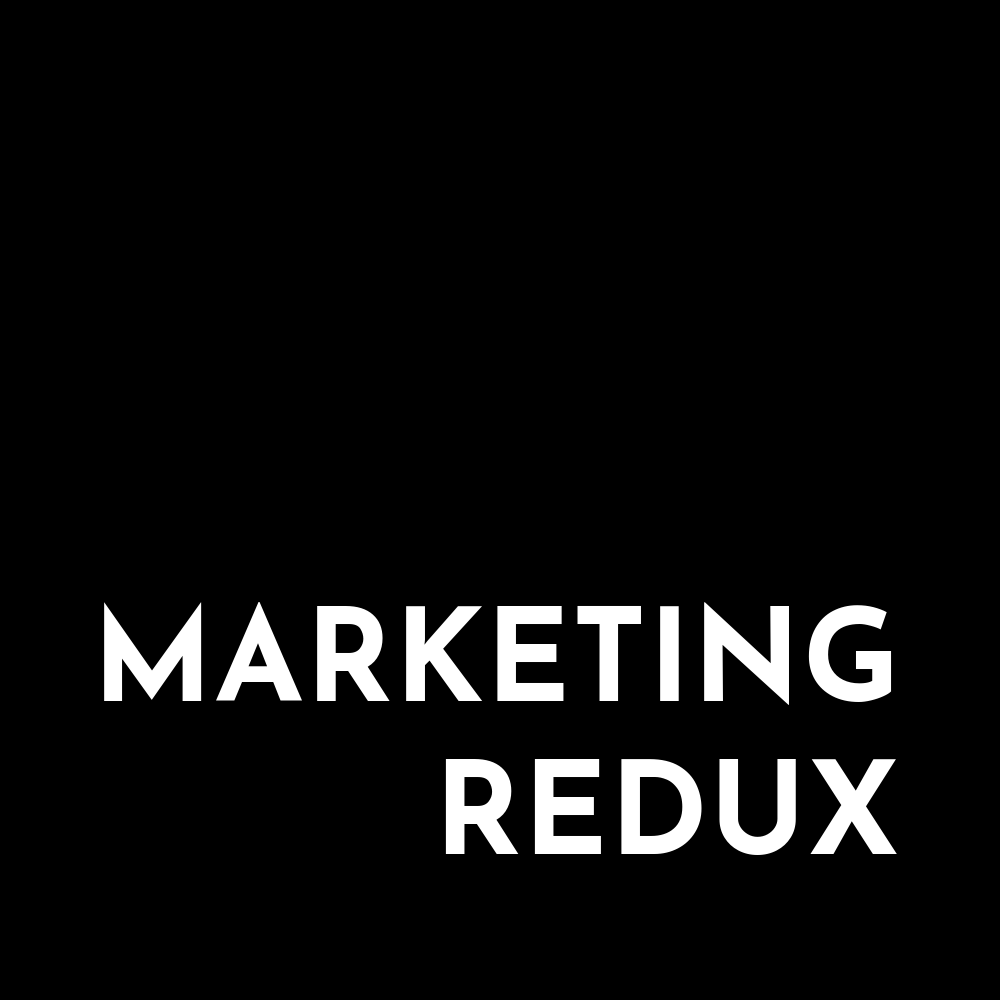Who is your target audience? Everybody! If that sounds familiar, it’s because it is the common answer for someone who doesn’t know. You’ve probably heard it said, know your audience, but without a clear idea of who that is, we might say k&NOw your audience. Large organizations with vast product lines or even global audience often recognize that everyone isn’t a good answer. It is a poor answer as you’ll neither know how to attract your audience, interest them, create desire, or compel action. Besides, the lack of a focused demographic can cost more in resources to acquire customers than having a clearly defined target demographic. Let’s then figure out some ways to know who your ideal customers are.
Sales History
Knowing your customers simply because they buy from you is an easy source of information. I might even argue that some small business owners might intuitively know this without ever verbally identifying it. The result of understanding your audience can pay dividends in how you scale your business. Perhaps you might know who the ideal customer is but your salespeople may not or worse, your customer doesn’t. If you’re a first-time business owner and want to target your ideal customer than look to your buyers. Here are some questions to ask and start gathering information.
- What is their gender?
- How old are they or do they appear to be?
- What title do they have in their career?
- Based on the title, what is the median salary?
- What is their marital status?
- Where do they live?
- What interests do they have or might they have based on conversations?
As you develop these, it is worth reviewing these questions as your business grows. It may be that today’s buyers aren’t as profitable as the future customer will be. A good idea would be to assess the value of these customers and if they are still ideal.
Surveys & Questionnaires
Going directly to customers with questions can help to gather accurate data. Observation can get you part of the way, but that doesn’t always paint the best picture. Ask questions that fill in the important details that are directly from your customers. For instance, ever answer a question about whether you watch cat videos or dog videos? A question like this may well be an organization’s attempt at identifying the key interests of their audience. The point in asking can help you determine information about your customers that aids you in providing a better product, service, or information. In return, you increase the lifetime value of your customers.
- Social media surveys
- Email surveys
- Website surveys
- In-person surveys
- Mail surveys
Email List
Building an email list is important to creating a sales funnel of any kind. This important data can help you record customer information regarding demographics that can help with setting up clearly defined audiences. Customers may provide information regarding gender, age, interests, etc. as they signup and communicate without your marketing campaigns. Here are often areas of segmentation to dive into or begin to collect.
- Prefix (gender)
- Birthday (age)
- Location
- Job title (salary)
- Company size or gross revenue
- Family size
Google Analytics
Google Analytics is a great tool to help further determine your target audiences. Google can gather demographic information such as gender, age, interests, and device types which can help aid in knowing your audience. Enable demographic tracking to begin collecting that important data and see what insights you can gather.

Facebook Insights
Facebook can give you some good data based on the followers you have. The demographics section provides you with some data such as gender, age, and location. This can be found in on the top navigation of Facebook.
- Navigate to the top and click More
- A drop down will appear and click Insights
- On the right-hand navigation scroll down to see people

Linkedin is the biggest business social site and with demographic data that is helpful. Using this platform can help you identify common aspects such as business title, location, industry, etc. To take it a step further, use Linkedin Sales Navigator which provides more data about your customer. The better you can profile your customers, the more you can understand what might motivate them to begin research or choose you over the competition.

Finding your target audience can be a little challenging. The exercise is worth its weight in gold as you can better message to your customers. It can impact how you network, how your cold call, or how you advertise. In all, it will save you time and money when done correctly.

